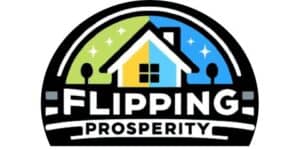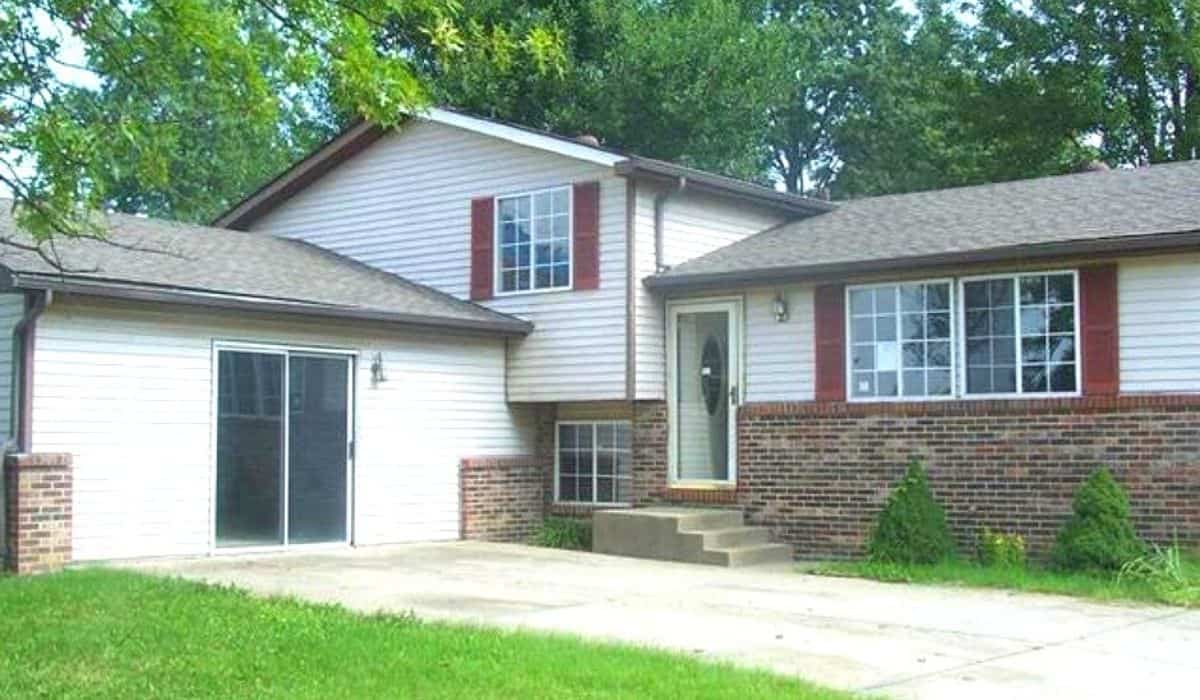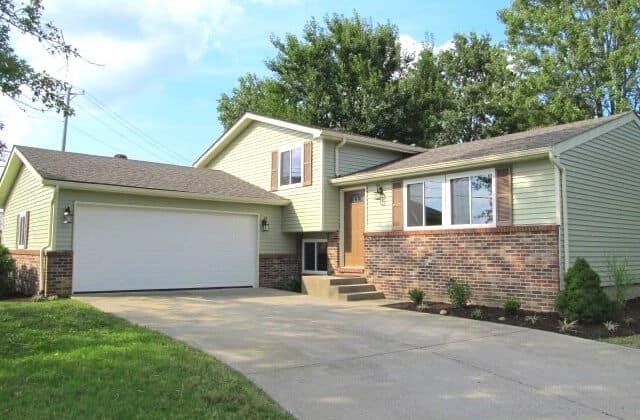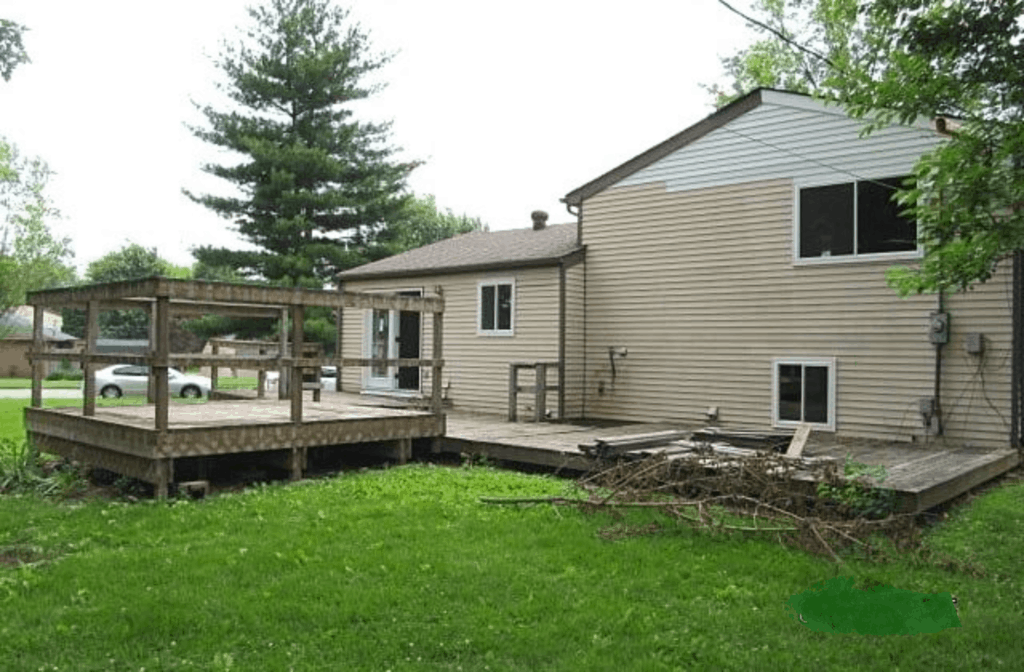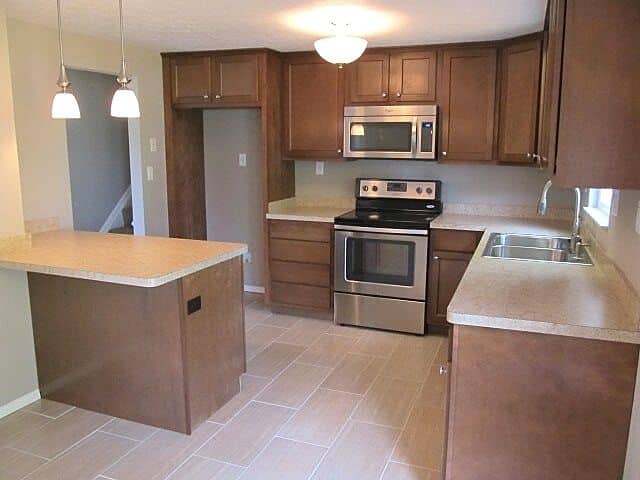While most people think you need to have cash or use a hard money loan to flip a house.
You can actually use more traditional forms of financing such as a conventional loan and even an FHA loan to flip a house!
But if you plan to use an FHA loan to flip a house there are some things you need to be aware of and some things to watch out for.
So to learn the ins and outs of how to use an FHA loan to perform a live-in flip keep reading.
How to Flip a House Using an FHA Loan
The basic concept of flipping a house doesn’t really change when you’re using an FHA loan.
Because as with all flips you still want to buy a house cheap, fix it up to make it nice, and then sell the house for a profit.
But there are some restrictions and limitations when flipping a house using an FHA loan you should be aware of, such as occupancy and property condition requirements as well as timeline restrictions.
Which we will discuss as we go through the steps of flipping a house using an FHA loan.
Step 1: Finding the House
Finding the right house to flip is one of the most important steps of house flipping, regardless of what form of financing you use.
As the home you purchase and the price you pay for it will greatly impact the amount of profit you’re are able to make when you sell the property.
When using an FHA loan to buy a house flip though there are some things you need to take into account that you wouldn’t necessarily need to account for, if you were paying cash for the house.
Which can make things a little more challenging during the buying process, but nothing that can’t be overcome with a little pre-planning.
And one of the biggest issues you need to be aware of when looking for a house to flip using an FHA loan is the condition requirements of the property.
This is because when flipping a house, often the homes that need the most work are the ones with the greatest profit potential.
But if you’re using an FHA loan you mostly need to steer clear of these types of properties.
As FHA loans have property condition requirements that would preclude you from buying a home that needs a lot of work or is not currently in livable condition.
But that doesn’t mean you still can’t make a nice profit when you flip a house using an FHA loan.
It just means you need to focus on houses that mainly need cosmetic fixes and updates when using an FHA loan as opposed to houses that need major repairs.
The FHA Rehab Loan
However, there is a type of FHA loan that’s an exception to the rule above, that requires a home to meet minimum property condition standards, in order to qualify for the loan.
Which include the FHA 203(b) and FHA 203(k) rehab loans, which lets you finance some of the repair work into the loan of the property and also allows you to buy a home that would not normally qualify for FHA financing.
As you can use the financed repair money to bring the property up to minimum property condition standards by replacing things like roofs, windows, and HVAC units after the property has closed.
Which makes the FHA Rehab loan a great loan option if you want to flip a house that needs more work and repairs than a standard FHA loan would allow.
Step 2: Buying the Flip Using an FHA Loan
When you are buying a home to flip using an FHA loan, this is information you should keep to yourself, as neither the lender nor the seller will look kindly on the fact that you plan to flip the house.
Instead, it’s best to play the part of a typical owner-occupant buyer when buying the house, as this will help with negotiations and repair requests with the seller and keep the lender happy.
Also, when buying a house flip using an FHA loan, you need to focus on more traditional sellers and homeowners as opposed to auctions and foreclosure property.
As traditional sellers and homeowners are usually selling a home that will not only meet minimum FHA property condition standards but will also be more accepting of the typical FHA closing timeline which usually takes around 45 days to complete.
For a list of my favorite places to find properties to flip check out our article “My Top 10 Favorite Ways to Find Houses to Flip“.
Also, the great thing about buying a home using a more traditional form of financing is that will allow you to go through a more typical closing process when buying the home.
Allowing you to inspect the home and even ask the seller to repair defects in the home before you take possession.
As opposed to foreclosure properties where the seller, which is generally a bank, will perform no repairs to the property and will almost always sell the home in as-is condition.
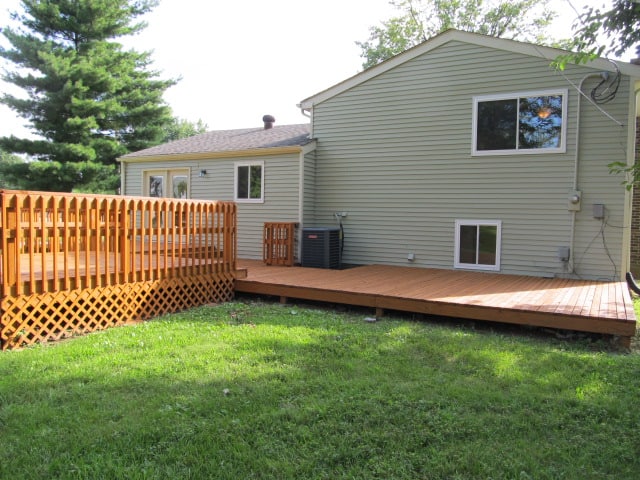
Step 3: Rehabbing the House with an FHA Loan
With a typical house flipper that using cash to purchase a property, speed is the name of the game.
Because the faster they can buy, fix, and sell the property, the quicker they can make a profit and free up their invested capital.
However, when using an FHA loan to flip a property, the flip will progress at a much slower pace.
This is because all FHA loans will require you to live in the home for at least 1 year as your primary residence in order to qualify for the loan.
And because of this, you have a lot longer to complete updates and repairs to the property because you can’t sell the home until after a year has passed anyway.
This is not necessarily a bad thing though because when you do go to sell the property a year later, you will not only be able to make a profit from the updates and repairs you made to the property but also from the appreciation of the property while you lived there.
This is because homes will typically appreciate anywhere from 3 to 5 percent per year in a normal real estate market.
You might even want to consider living in the home for two years as opposed to just one.
Because if you live in a home for at least two years as your primary residence, not only will you be able to realize more capital appreciation but you will also not have to pay capital gains tax on the profits from the sale of the home.
For futher explination on how you can avoid paying capital gains tax when you sell your flip, check out our article on the 2 Year Flip Strategy.
Keep the Updates and Repairs Neutral
When you making updates and repairs to the property you also want to make sure you are keeping the end buyer in mind, by choosing finishes and colors that will appeal to the broadest amount of buyers.
Because while you might love the wall mural of tropical fish in the living room or the bright orange bedroom.
More than likely the future buyer of the home will not, which will negatively impact the price when you sell the home.

Step 4: Selling the House
The final step of the house flipping process is selling the flip, where you get to see if all your patience and hard work paid off on your FHA flip.
But there are a few things you need to do before you put your house on the market, with the two most important being staging and decluttering.
This is because if you’re flipping a house using an FHA loan, a requirement of the loan was that you live in the property as your primary residence.
So just like any other seller putting their house on the market that lives in the home, you need to go through the house thoroughly to make sure every room looks its best.
By removing clutter and depersonalizing the home, which will allow the buyer to more easily imagine themselves living in the home.
And the last thing you need to do to make sure you get top dollar for your FHA flip is to hire a qualified professional agent to list and sell the home, as a good listing agent can make all the difference in the world when trying to sell the home quickly and for top dollar.
What is the Flip Rule for FHA?
The FHA flip rule is an FHA lending requirement that states a buyer using FHA financing cannot purchase a home that was sold less than 90 days ago.
The main reason for this rule is that it restricts how quickly a typical flipper can resale a home they’ve purchased to a buyer using FHA financing.
But since you are doing a live-in flip using FHA financing, which requires you to live in the home for at least one year as your primary residence, this will not have any impact on you, when you go to sell the property.
How Long Do I have to Wait to Sell My House with an FHA Loan?
While you always want to check with your lender on the specific requirements for your loan.
In general, you must occupy a home purchased with FHA financing within 60 days from the close date and use the home as your primary residence for at least one full year before you are able to sell the home.
